ligos Hivers de #Crossculture les presento con orgullo una breve reseñas de festividades que conozco y disfruto de mi Pais Venezuela.
En mi país la cultura popular poseer un calendario festivo que nos permite durante todo el año recordar la riqueza de nuestra diversidad cultural asociada a una influencia Europea, Indígena y Áfricana que nos caracteriza en nuestro modo de vida. En lo personal conozco algunas manifestaciones gracias a la influencia que he recibido desde pequeña dentro de mi actividades escolares, fui creciendo con el gusto por mis tradiciones y ya adulta incursione en diferentes agrupaciones con las cuales he adquiero un grato aprendizaje en cuanto, a danzas, indumentarias e imaginería propia de cada región, las cuales valoro y procuro expresar respetuosamente según sus orígenes.
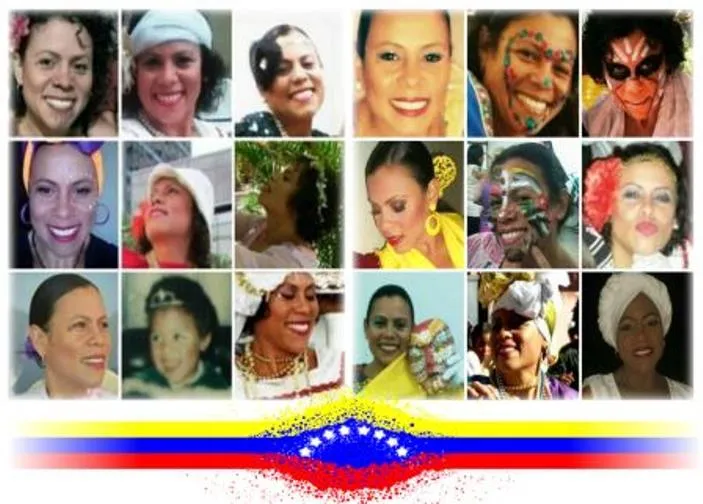
Actualmente hago vida artística en la Fundación Gavidanzas centro de difusión cultural de donde he aprendido gran parte de lo que conozco en cuanto a las tradiciones venezolanas y que me ha llevado a compartir con otras personalidades de la cultura popular con los que sigo aprendiendo y disfrutando en cada encuentro festivo. En esta fundación durante todo el año hacemos muestras según las invitaciones y nos preparamos para realizar nuestro espectáculo anual llamado “Recorriendo Venezuela” donde niños y adultos presentamos al público la rica diversidad de manifestaciones venezolana a través del teatro música y danza, en el vídeo presento un fragmento del espectacular.

En Venezuela tenemos muchas celebraciones y conmemoraciones, entre devocionales y festivas que en si misma encierran una rica diversidad de integración humana que hacen posible encuentros mensuales y anuales que permanecen como historia viva de cada pueblo. Una de las que disfruto al máximo durante el mes de febrero o marzo es el Carnaval que nos da la posibilidad de mostrarnos en diferentes facetas. En Caracas disfruto rememorando las épocas de los años 20 con la indumentaria, personajes y baile del merengue caraqueño.
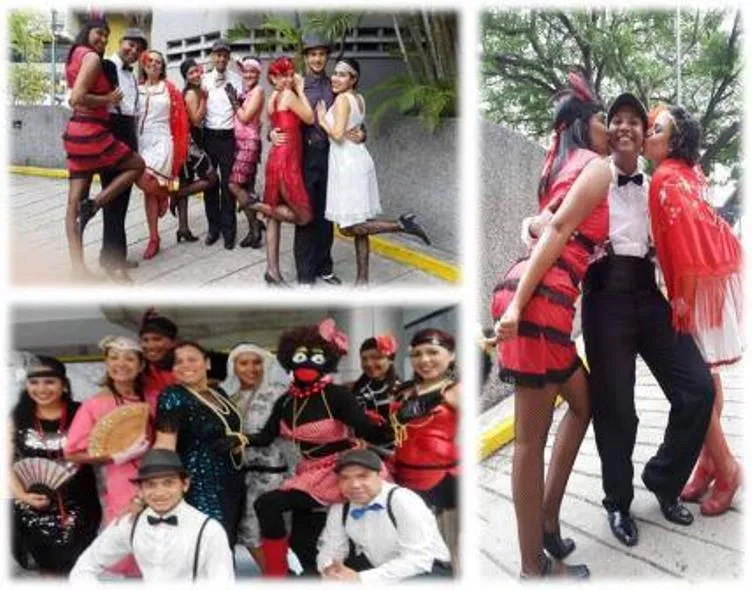
En el calendario tenemos como representación de estas fiestas al Carnaval del Callao originaria del Estado Bolivar – Venezuela característico por sus comparsas llena de personajes significativos: madamas, medio pinto, mineros, fantasías, diablos que al ritmo del pausado y cadencioso Calipso música de canto en inglés y francés creando un lenguaje particular llamando “patois”, acompañado de instrumentos como el tambor bumbac , tambor grande, cuatro, maracas, rallos, silbatos y campanas, todos los personajes y pueblo bailan alegremente recorriendo las calles. Esta expresión es una muestran de integración cultural generada por un mestizaje ocurrido a lo largo del proceso de colonización entre las islas antillanas y diferentes países europeos que se establecieron en Venezuela especialmente en zonas mineras que ha servido durante muchos años como fuente de trabajo para potencias extranjeras .
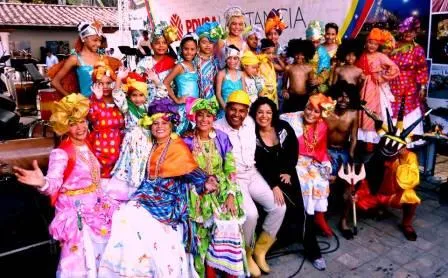
fotografía cortesía @fundaciongavidanzas
Otra fiesta única por su estilo y diversidad es El joropo declarado en marzo del 2014 como patrimonio cultural de la nación en la categoría de bien de interés cultural. Su origen se remonta a la época colonia cuando los españoles trajeron su influencia musical específicamente el fandango. El Joropo es tradición y sinónimo de fiesta que abarca gran parte del territorio venezolano y colombiano. Dependiendo de la región y sus características instrumentales la música, danza y vestuario se muestran con un sonido originario que lo diferencia conservando su particularidad. Lo tenemos en la región llanera, Región Central, Región Oriental y Occidental.
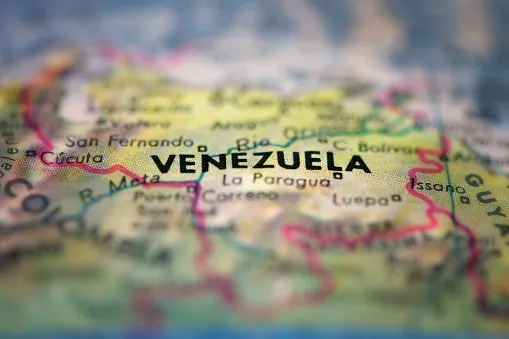
REGIÓN LLANERA (Apure, Barinas, Guárico, Cojedes, Portuguesa)
JOROPO LLANERO
El joropo llanero posee muchas variantes que lo identifican según el estilo como está diseñada la música por ejemplo: carnaval, pajarillo, zumba que zumba entre otros. Dentro si misma tiene dos características, el pasaje que tiene un carácter pausados con temas románticos y paisajistas y el recio donde la música toma un carácter más fuerte con temas de desafíos, picarescos, de identidad y gentilicio. La instrumentación va acompañada de cuatro, arpa, maracas y cantante, dependiendo de la región se hace uso de la bandola.
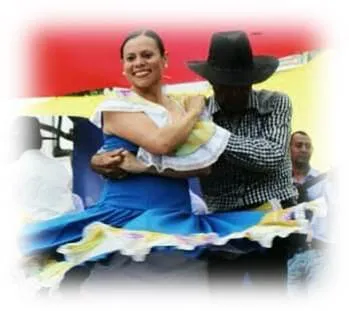
fotografía cortesía de Luis Adolfo Baradat
La danza en pareja se ve influida por estos detalles musicales, donde el hombre es quien lleva la iniciativa a través de diversas figuras o floreaos engalanando a la mujer especialmente en el pasaje a tiempo de vals donde la pareja recorre la sala con el paso valsiao ; en el recio el hombre hace figuras y se destaca a su mejor estilo con el zapatiao, mientras la mujer se deja llevar y hace el escobillao, que también posee una variantes donde se mueven los pies simultáneamente al ras del piso, dependiendo de la creatividad de la mujer puede hacer variantes como: escobillao doble, sencillo, cruzado picoteado, con puntas del pies.
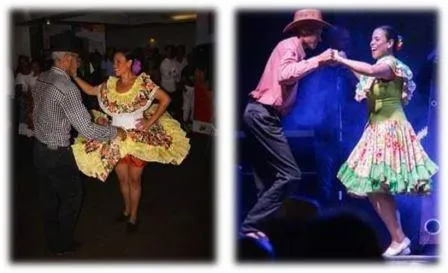
| fotografía cortesía de Hector Teran y Luis Adolfo Baradat
En cuanto al vestuario tradicional y autóctono, el caballero usa sombrero de ala mediana hecho de cogollo (fibra vegetal) o pelo e guama, camisa tipo garrasí, o el liqui liqui y la franela llamada topochera son las más usadas, el pantalón es de tela fuerte como gabardina o lino, a veces se arremanga para facilitar el zapateo, el calzado para ambos, es de alpargatas de suela o caucho. La mujer lleva un vestido de corte bajo en la cintura y llega hasta las rodillas bordeado de un faralao, la tela suele ser de colores o estampado con flores grandes o pequeñas, en la parte superior mangas bombache o cuello escotado en forma de (v) o redondo con faralao haciendo juego con la falda, si no lleva vestido, entonces usa blusa ceñida con cuello amplio de faralao y falda sencilla con mucho vuelo hasta la rodilla, todas acompañadas de un enagua o fondo corto, puede llevar cabellos recogido o suelto con alguna flor.
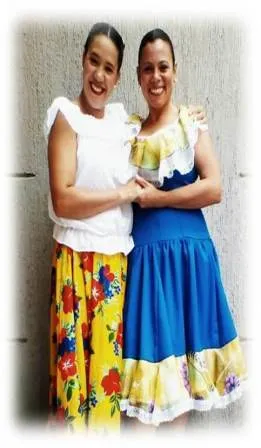
| fotografía cortesía de Luis Adolfo Baradat
REGIÓN ORIENTAL (Nueva Esparta, Sucre, Anzoategui, Monagas, Deltamacuro).
JOROPO ORIENTAL
Joropo oriental es un género musical acompañado del baile de pareja hombre y mujer, se realiza deslizando los pies por el piso sin levantarlos, la rítmica de la música invita a sacudir el cuerpo pero ante eso hay que evitando hacer movimiento brusco y de cadera, pues es un baile elegante por la postura asumida como danza de salón, donde el hombre engalana a la dama con diversa figuras. Puede suceder que haya muchas parejas bailando, que invita a generarse una danza colectiva formándose un circulo en dirección contraria a la aguja del reloj dentro de esa rueda las parejas van mostrando su mejor destreza, algunas vece existe la iniciativa de una pareja que hacen el llamado donde juntan las manos dentro de la rueda como un carrusel, pudiendo disolver el circulo dando giros para seguir danzando en otra parte de la sala.
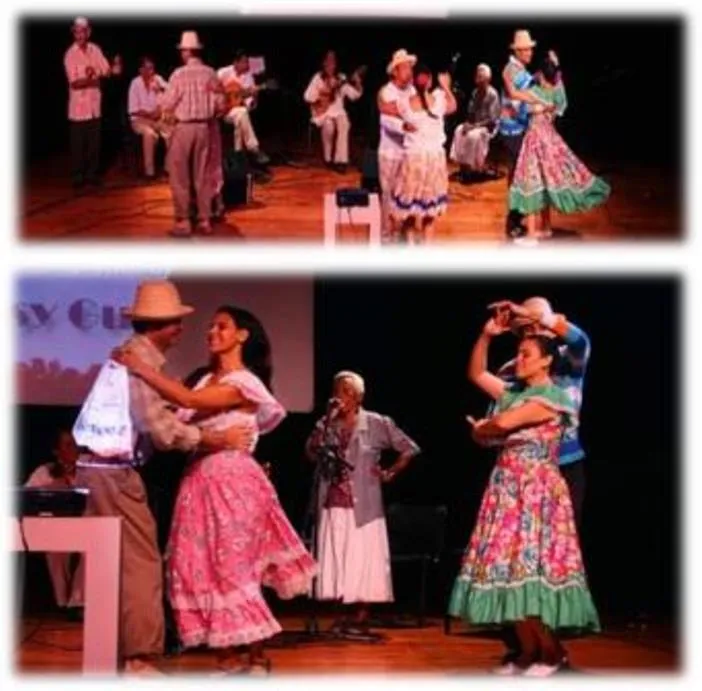
| fotografía cortesía de Luis Adolfo Baradat
También como el joropo llanero tiene variantes, una es el golpe donde se danza suavemente por la sala al compás de la bandola, cuatro, maracas, cuereta o acordeón, cuando la música presenta mayor intensidad se crea el estribillo cotorriao, allí los danzantes giran o avanzan a esa velocidad haciendo gala de sus destrezas. La mujer usa vestido largo poroso de grandes vuelos con estampado de flores en algunos caso usa accesorio como sombrero flores, collares y zarcillos que imitan a la perla, esto por ser el oriente del país zona de grandes riquezas marítimas. El hombre lleva pantalón de vestir , franelas cortar de tela frescas, o camisas manga larga unicolor o rayas.
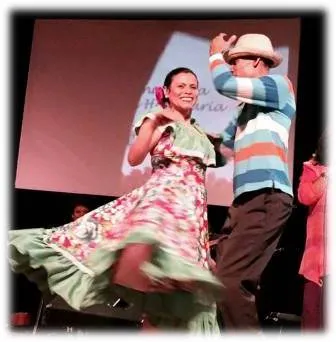
REGIÓN CENTRAL (Aragua, Caracas, Vargas, Miranda)
JOROPO CENTRAL
Joropo Central tiene una característica más elegante, los bailadores se visten con el mejor traje para asistir a la fiesta, actualmente hombres y mujeres usan jeans o vestidos, pero generalmente los cultores acostumbran a usar la indumentaria autóctona, a modo de no perder lo tradicional. Tiene similitud al joropo llanero en cuanto al vestuario, el traje del hombre con su garrasí, liquiliqui o camisas manga larga añadiendo zapatos de cuero o botas, el traje de la mujer lleva menos vuelo y detalles siendo este más sencillo agregando zapatillas de tacón, les da un toque más elegante y distinguido en la sala. En este joropo La primera diferencia estriba en la instrumentación musical, la fiesta es amenizada al copas del arpa con cuerda de metal, maraca y buche (cantante) son solo estos los tres elementos que prenden la parranda que puede durar toda una noche con piezas musicales de hasta 5, 7 a 10 min mientras los danzante muestran su mejor destreza y capacidad.

Esto de la indumentaria del joropero me quedó muy presente cuando observe la diferencia entre un joropo y otro, de lo que mi amiga cultora Nominelly Rivas me comenta:
El verdadero joropero valora y muestra a través de su danza y su traje su Don de Gente… por ser persona del campo no es preciso que lleve harapos, mala vestimenta y mal comportamiento, el que baila Joropo central o tuyero debe ser considerado una persona de bien y de respeto y la ropa lo delata, también existe una gran influencia de ciudad haciendo que los joropearos vayan poco a poco adaptando modismos citadinos en su estilo y es por eso que hoy ya casi no van a la fiesta con trajes tradicionales…
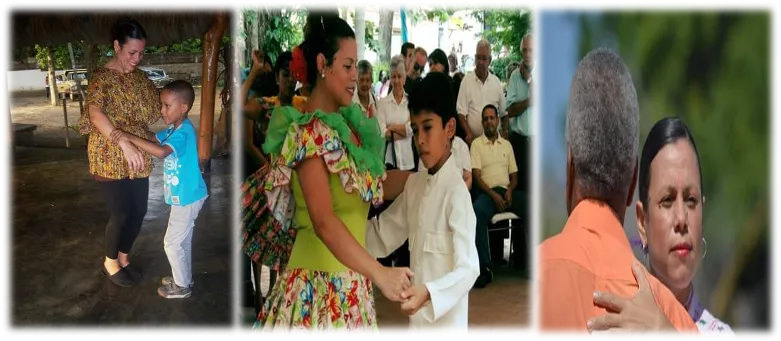
El joropo central tiene formalismos específicos para bailarlo y depende de la creatividad y experiencia de los bailadores, muestra gran importancia en la comunicación la cual no es verbal ni visual, excepto cuando se le solicita a la dama salía bailar, desde allí comienza la danza. Los agarres son completo esto para no perder el control sobre la dama, ellos son: sencillo tradicional donde el hombre toma la cintura o parte media de la espalda de la dama, es allí donde ella tiene la potestad de colocar límites con los brazo o manos sobre el pecho del caballero, si siente que este puede propasarse”.
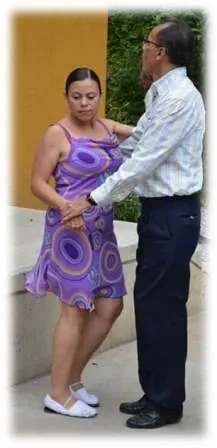
También encontramos el agarre donde se toma solo la muñeca o varios dedos de la dama, en codos, carretilla (tomada la dama por las muñecas), la mujer toma el pulgar del caballero, también el hombre hace agarre de protección y defensa, mientras danza una mano la lleva en la parte media de la espalda y con la otra marca distancia entre las parejas cercanas para que no rocen a su pareja, esto se aplica cuando hay vueltas o muchas gentes en sala.
El desplazamiento es con pasos muy cortos un pies sigue al otro moviéndose por toda la sala en dirección contraria a la aguja del reloj, existen dos tipos de parejas las que se quedan en mismo sitio marcando el paso, ¡y vaya que es un gran ejercicio para las piernas! o las que hacen desplazamientos alrededor de la sala con pasos sencillo, en carretilla o de lado en posición tradicional de baile, estas parejas reciben el nombre de orilleros. Todas las parejas a su mejor estilo y creatividad hacen gala de algunas figuras, especialmente cuando se tranca el joropo, es decir el arpista y cantante maraquero, llama a los bailadores con fraseos más fuertes.
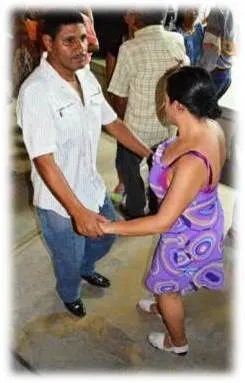
Es allí donde la pareja mantiene una postura de elegancia y distinción haciendo variaciones entre los zapateos que solo Hace el hombre junto a otras características que comparte con su pareja como figuras o adornos: vuelta de bandera, remolino, tijeretas (sencilla, cruzada y en cruz). El joropo se desarrolla dentro de un ambiente festivo por largas horas incluso días, el motivo puede ser “cualquier momento es bueno pal’ jolgorio donde solo se va a bailar y disfrutar”. Es recomendable asistir con amistades con las que se puedan bailar, ya que si no te conocen es casi imposible te saquen a la pista, por respeto o por no conocer tu destreza en la danza, una vez que los amigos muestran tu gala es posible los demás te invitan a bailar.
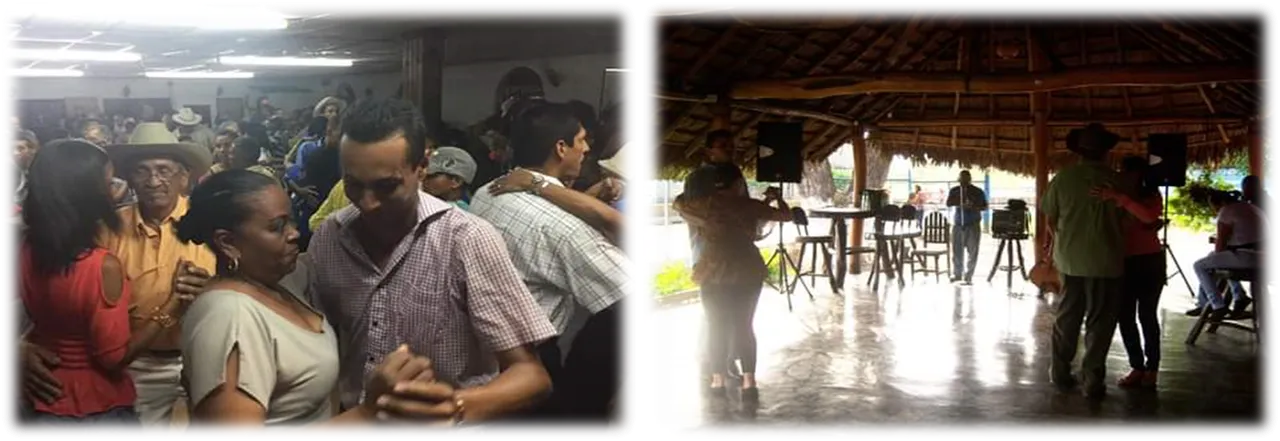
TAMBORES VENEZOLANOS
También como fiesta tenemos los repiques de tambores, es una manifestación ancestral atribuida a la influencia específicamente de la cultura Áfricana una de las más expandida por todo el mundo tras la masiva diáspora ocurrida durante la época esclavista, y aún muy presente en el inconsciente colectivo que con sus aciertos y desaciertos nos deja un legado cultural rico en danza, música y forma de vida.
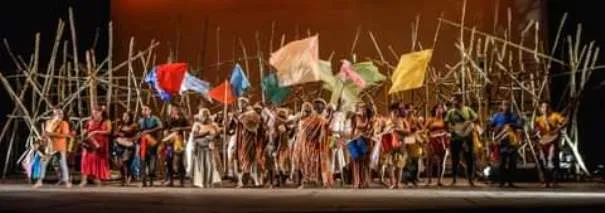
El tambor tiene una gran variedad de formas y sonoridad cuya diferencia se basa en las características étnicas de las distintas tribus africanas que nos antecede y fueron integradas y distribuidas en nuestro territorio de múltiples y complejas formas, destinadas en diferentes regiones del país, donde se adoptaron formas particulares de expresión pudiéndose tocar y bailar en cualquier época del año. Sin embargo el mes de junio es un período específico de manifestaciones devocional donde los tambores en honor a los santos negros repican sin cesar incluso hay pueblos que se preparar desde el año anterior y la expresión más difundida es en Honor san juan Bautista.

En lo personal actualmente estoy aprendiendo a integrar el tambor afrovenzolano a partir sus distintas cadencia y toques, de las que me siento cada día más influida y orgullosa de sentir y expresar… al tambor le dedique mis palabras emocionadas en este mi 2do publicación en Hive.
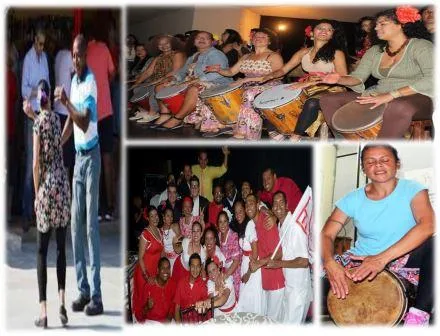

ENGLISH
Hello Friends Hivers of #Crossculture I proudly present you a brief review of festivities I know and enjoy in my country Venezuela.
In my country the popular culture has a festive calendar that allows us to remember throughout the year the richness of our cultural diversity associated with a European, Indigenous and African influence that characterizes our way of life. Personally, I know some manifestations thanks to the influence that I have received since I was a child in my school activities. I have grown with the taste for my traditions and as an adult I have made incursions into different groups with which I have acquired a pleasant learning experience in terms of dances, clothing and imagery typical of each region, which I value and try to express respectfully according to their origins.

Currently, I am working as an artist at the Fundación Gavidanzas, a center for cultural diffusion from which I have learned much of what I know about Venezuelan traditions and which has led me to share with other personalities of popular culture with whom I continue to learn and enjoy every festive encounter. In this foundation, throughout the year, we make samples according to the invitations and we prepare ourselves to carry out our annual show called "Recorriendo Venezuela" where children and adults present to the public the rich diversity of Venezuelan manifestations through music and dance theater.
In Venezuela we have many celebrations and commemorations, among devotionals and festivities that in themselves contain a rich diversity of human integration that make possible monthly and annual meetings that remain as living history of each people. One of the ones that I enjoy the most during the month of February or March is the Carnival that gives us the possibility to show ourselves in different facets. In Caracas I enjoy recalling the times of the 1920's with the costumes, characters and dance of the Caracas merengue.

In the calendar we have as representation of these celebrations the Carnival of the Callao original of the State Bolivar - Venezuela characteristic by its groups full of significant personages: madamas, half pintto, miners, fantasies, devils that to the rhythm of the slow and cadenced Calypso music of song in English and French creating a particular language called "patois", accompanied by instruments like the drum bumbac, great drum, four, maracas, rallos, whistles and bells, all the personages and town dance happily crossing the streets. This expression is an example of cultural integration generated by a crossbreeding that occurred throughout the process of colonization between the Antillean islands and different European countries that settled in Venezuela, especially in mining areas that have served for many years as a source of employment for foreign powers.

Another unique festival for its style and diversity is The Joropo, declared in March 2014 as a cultural heritage of the nation in the category of cultural interest. Its origin dates back to colonial times when the Spanish brought their musical influence specifically the fandango. The Joropo is a tradition and synonymous with celebration that covers much of the Venezuelan and Colombian territory. Depending on the region and its instrumental characteristics the music, dance and costumes are shown with an original sound that differentiates it preserving its particularity. We have it in the llanera region, Central Region, Eastern and Western Region.
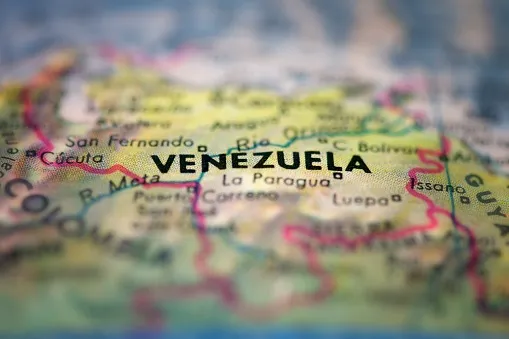
LLANERA REGION (Apure, Barinas, Guárico, Cojedes, Portuguese)
JOROPO LLANERO
The joropo llanero has many variants that identify it according to the style of the music, for example: carnival, pajarillo, zumba que zumba among others. Inside itself it has two characteristics, the passage that has a paused character with romantic and landscape themes and the strong one where the music takes a stronger character with challenges, picaresque, identity and gentleness themes. The instrumentation is accompanied by four, weapon, maracas and singer, depending on the region is made use of the bandola.

The dance in pair is influenced by these musical details, where the man is who takes the initiative through diverse figures or floreaos adorning to the woman specially in the passage to time of waltz where the pair crosses the room with the waltz step,; in the hard the man makes figures and he stands out to his better style with the zapatiao, while the woman lets take and makes the escobillao, that also has a variants where the feet move simultaneously to the level of the floor, depending on the creativity of the woman can make variants like: double brush, simple, crossed pecked, with tips of the feet.

As for the traditional and native costumes, the gentleman wears a medium brimmed hat made of cogollo (vegetable fiber) or hair and guama, garrasi type shirt, or the liqui liqui and the flannel called topochera are the most used, the pants are made of strong fabric like gabardine or linen, sometimes it is rolled up to facilitate the zapateo, the footwear for both, is made of espadrilles of sole or rubber. The woman wears a low-cut dress at the waist and reaches the knees bordered by a faralao, the fabric is usually colored or printed with large or small flowers, in the upper part of the sleeves or neckline low-cut in the form of (v) or round with faralao matching the skirt, if you do not wear a dress, then wear a close-fitting blouse with wide neck of faralao and simple skirt with a lot of flight to the knee, all accompanied by a petticoat or short bottom, you can wear hair up or down with a flower.

REGION EASTERN (Nueva Esparta, Sucre, Anzoategui, Monagas, Deltamacuro).
EASTERN HOROPUS
Joropo oriental is a musical genre accompanied by the dance of male and female partner, is performed by sliding the feet on the floor without lifting them, the rhythm of the music invites you to shake the body but before that you must avoid making sudden movements and hips, because it is an elegant dance by the position assumed as ballroom dancing, where the man adorns the lady with different figures. It may happen that there are many couples dancing, which invites to generate a collective dance, forming a circle in the opposite direction to the needle of the clock inside this wheel, the couples show their best dexterity, some times there is the initiative of a couple that makes the call where they join their hands inside the wheel like a carousel, being able to dissolve the circle giving turns to continue dancing in another part of the room.

Also as the joropo llanero has variations, one is the blow where it is danced smoothly by the room to the compass of the bandola, four, maracas, cuereta or accordion, when the music presents/displays greater intensity the cotorriao chorus is created, there the dancers turn or advance to that speed making show of their skills. The woman wears a long porous dress of great flights with a flower print, in some cases she uses accessories such as a flower hat, necklaces and earrings that imitate pearls, this because the east of the country is an area of great maritime wealth. The man wears dress pants, fresh cut flannels, or long sleeve unicolor or striped shirts.

CENTRAL REGION (Aragua, Caracas, Vargas, Miranda)
CENTRAL JOROPUS
Joropo Central has a more elegant characteristic, the dancers dress in the best suit to attend the party, nowadays men and women wear jeans or dresses, but generally the worshippers are used to use the native dress, so as not to lose the traditional. It has similarity to the joropo llanero in terms of clothing, the suit of the man with his garrasi, liquiliqui or long-sleeved shirts adding leather shoes or boots, the suit of the woman takes less flight and details being this simpler adding high heels, gives them a more elegant and distinguished touch in the room. In this joropo the first difference is in the musical instrumentation, the party is enlivened by the harp cup with metal strings, maraca and buche (singer) are only these three elements that ignite the party that can last an entire night with musical pieces of up to 5, 7 to 10 min while the dancers show their best skills and capacity.

This about the clothing of the joropero was very present to me when I observed the difference between one joropo and another and my friend, Nominelly Rivas, comments:
The true joropero values and shows through his dance and his costume his gift of people ... for being a person of the countryside is not necessary to wear rags, bad clothes and bad behavior, the one who dances Joropo central or thuyero should be considered a person of good and respect and the clothes give him away, there is also a great influence of the city making the joropeos go little by little adapting urban idioms in their style and that is why today they almost do not go to the party with traditional costumes" .

The central joropo has specific formalisms to dance it and it depends on the creativity and experience of the dancers, it shows great importance in the communication which is not verbal or visual, except when the lady is asked to go out dancing, from there the dance begins. The grips are complete this not to lose control over the lady, they are: simple traditional where the man takes the waist or middle of the back of the lady, it is there where she has the power to place limits with the arms or hands on the chest of the gentleman, if he feels that this can go too far.

We also find the grip where you take only the wrist or several fingers of the lady, elbows, wheelbarrow (taken by the lady by the wrists), the woman takes the thumb of the gentleman, also the man makes grip of protection and defense, while dancing a hand carries it in the middle of the back and the other mark distance between the couples nearby so they do not rub their partner, this I know that applies when there are turns or many people in the room.
The movement is with very short steps, one foot follows the other moving around the room in an anti-clockwise direction. There are two types of couples who stay in the same place to set the pace, and it is a great exercise for the legs! All the couples in their best style and creativity show off some figures, especially when the joropo is stuck, that is to say the harpist and maraquero singer, calls the dancers with stronger phrases.

It is there where the couple maintains a posture of elegance and distinction doing variations between the zapateos that alone does the man next to other characteristics that it shares with his pair like figures or adornments: turn of flag, whirlpool, tijeretas (simple, crossed and in cross). The joropo is developed within a festive atmosphere for long hours even days, the reason can be "any moment is good pal' jolgorio where alone one goes to dance and to enjoy". It is advisable to attend with friends with whom you can dance, because if they do not know you it is almost impossible to take you out on the dance floor, out of respect or not knowing your dance skills, once the friends show your gala is possible the others invite you to dance.

VENEZUELAN DRUMS
Also as a festival we have the drumming, is an ancestral manifestation attributed to the influence specifically of African culture one of the most widespread worldwide after the massive diaspora during the slave era, and still very present in the collective unconscious that with its successes and failures leaves us a cultural legacy rich in dance, music and way of life.

The drum has a great variety of forms and sonority whose difference is based on the ethnic characteristics of the different African tribes that preceded us and were integrated and distributed in our territory of multiple and complex forms, destined in different regions of the country, where particular forms of expression were adopted being able to touch and to dance in any time of the year. However, the month of June is a specific period of devotional manifestations where the drums in honor of the black saints are played incessantly. There are even villages that have been preparing for this since the previous year and the most widespread expression is in honor of Saint John the Baptist.

Personally, I am currently learning to integrate the Afro-Venezuelan drum from its different cadences and beats, which I feel more and more influenced and proud to feel and express... I dedicate my emotional words to the drum in this my 2nd publication in Hive.

I hope you enjoyed as much as I did this brief tour of some important and commemorative celebrations of my Amanda Venezuela.
